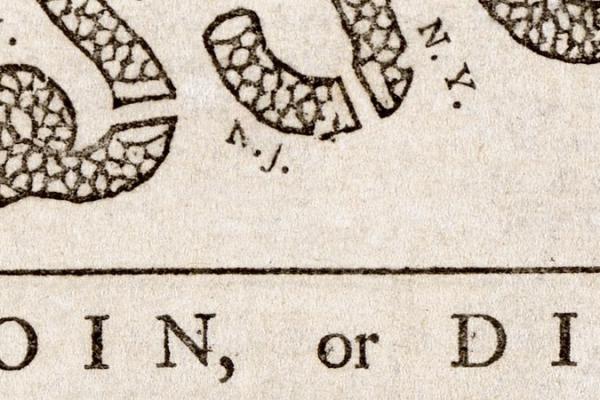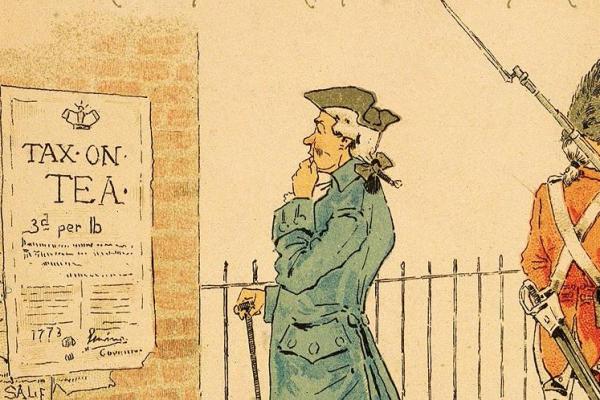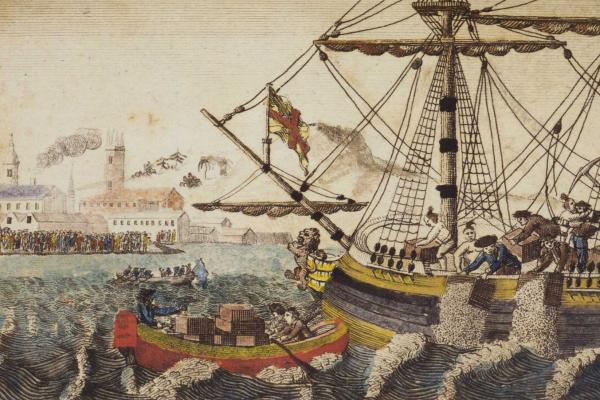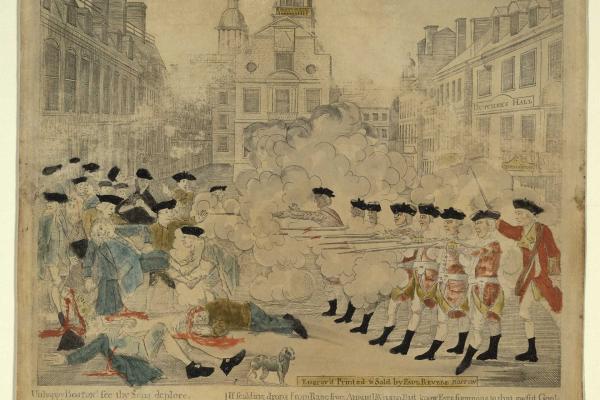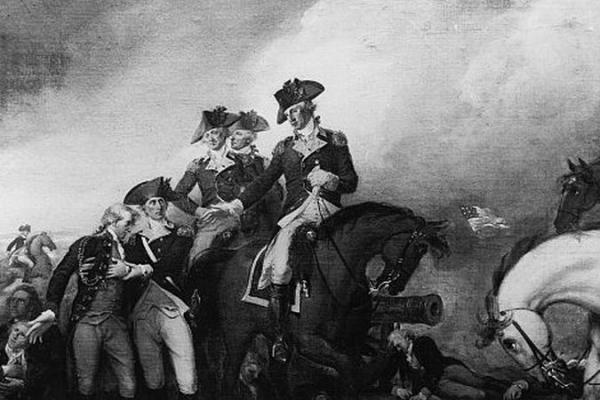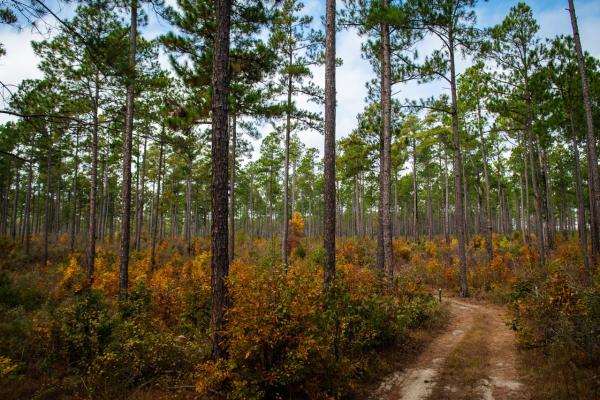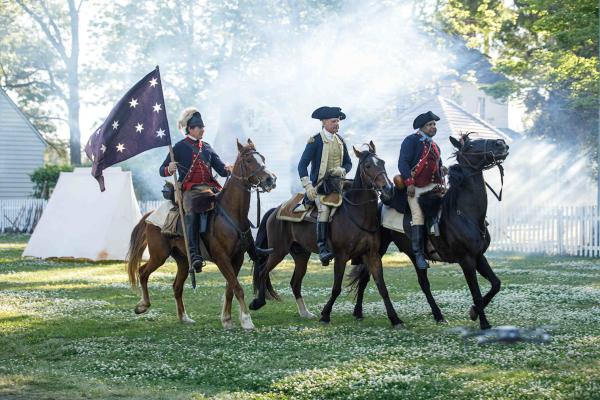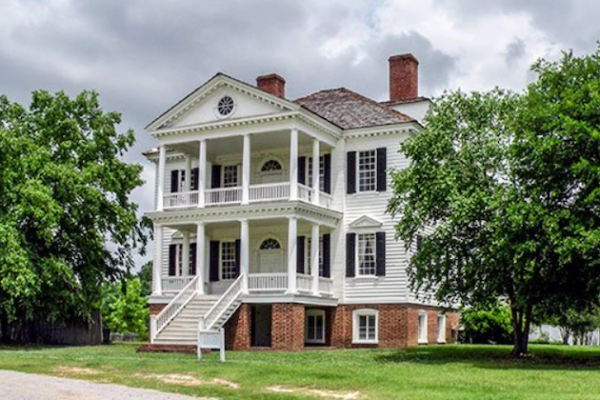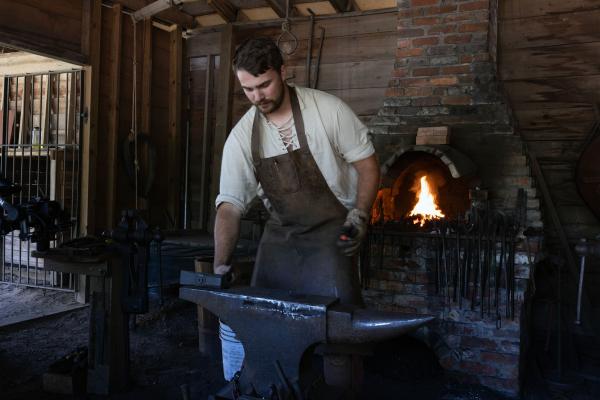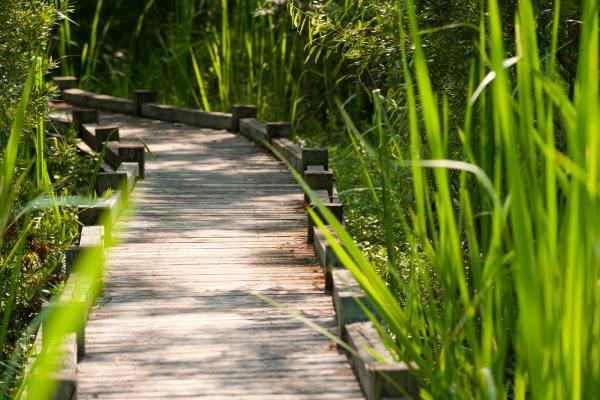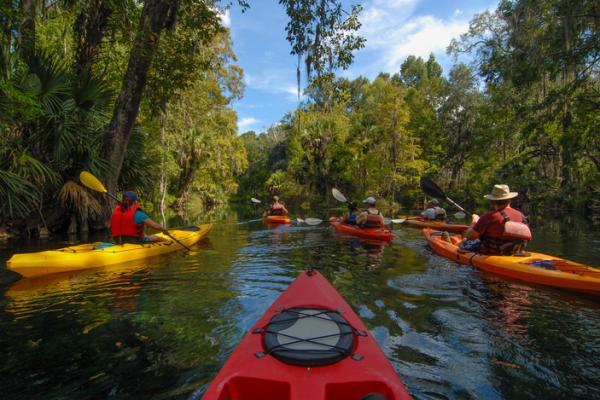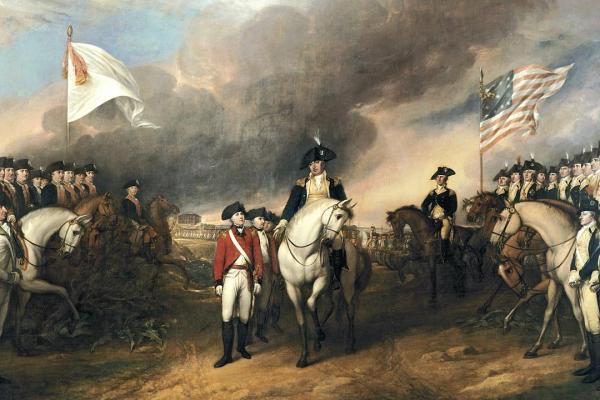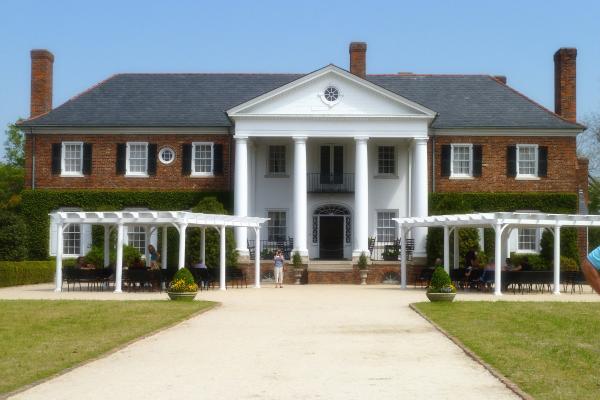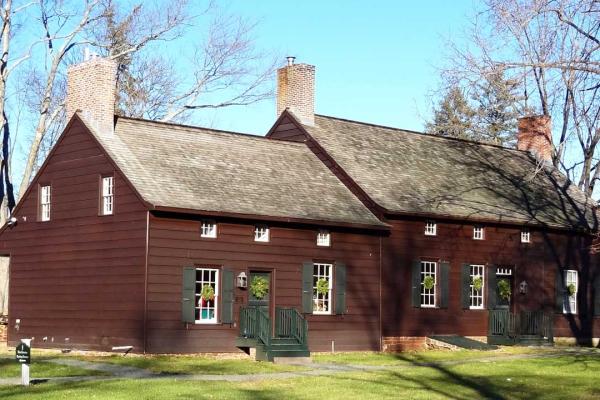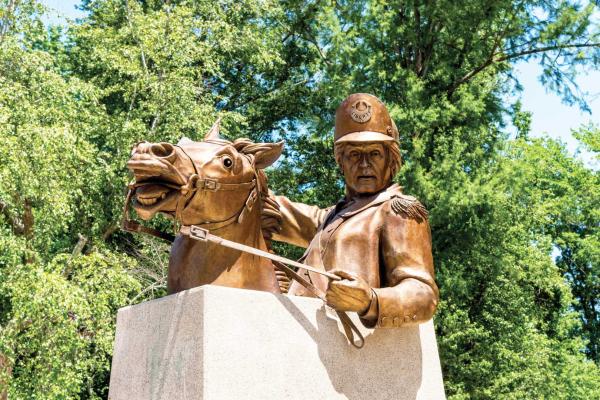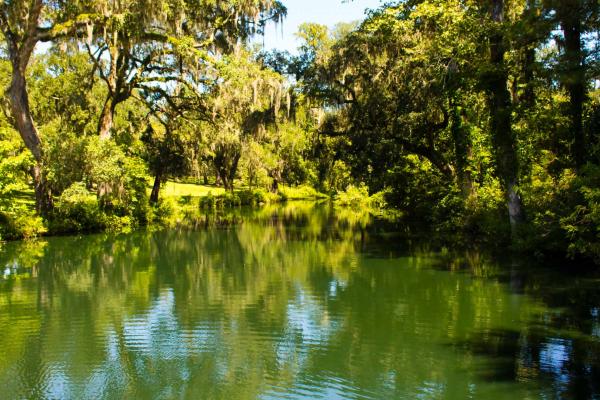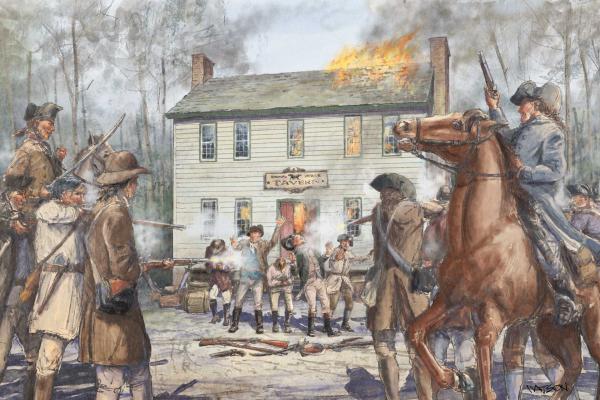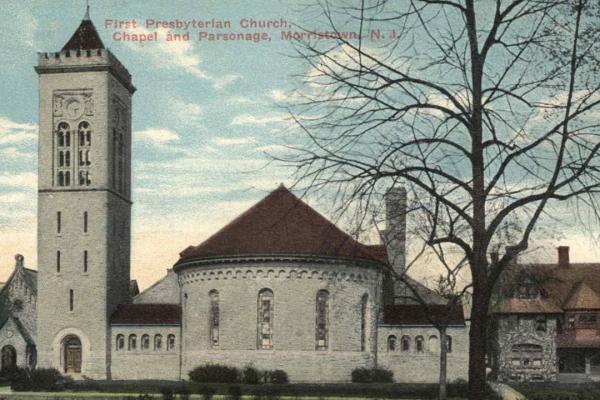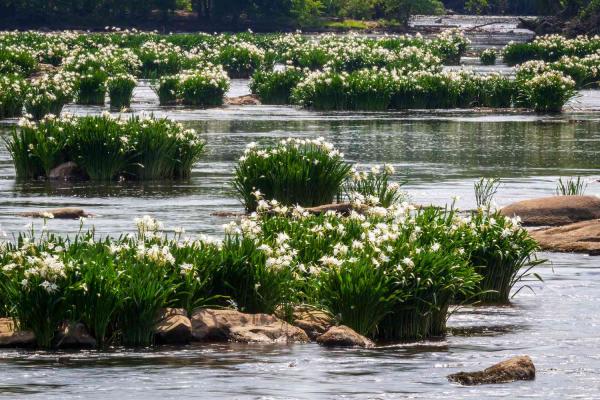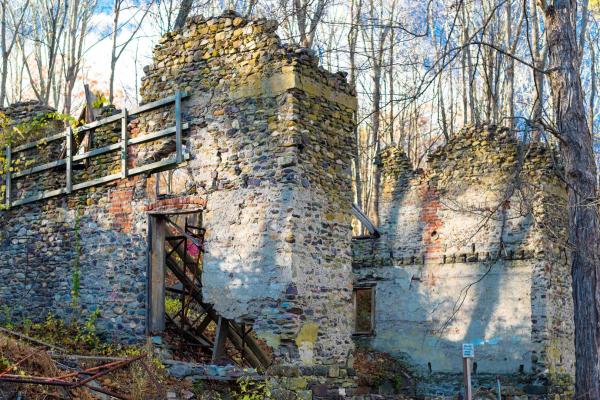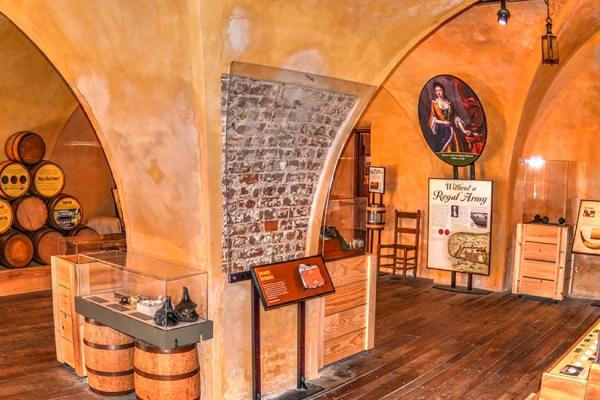Archaeologist Mike Yianopoulos, based in Charleston, South Carolina, uses LiDAR technology to study the Battle of Stono Ferry site, which holds both Revolutionary War and Civil War history. LiDAR, which sends laser pulses to map the earth's surface, allows Yianopoulos to analyze detailed topography, revealing hidden features such as old roads and earthworks. At Stono Ferry, LiDAR uncovered a causeway and a Confederate battery, both invisible to the naked eye but documented in historic records. This research, combining historical documents with modern technology, helps protect battle sites and guide future preservation efforts. The site will soon feature trails and interpretive signage as part of The Liberty Trail initiative.
Uncovering History
We invite you to visit the preserved locations along the Liberty Trail and to immerse
yourself in the extraordinary events that determined the fate of a nation.

